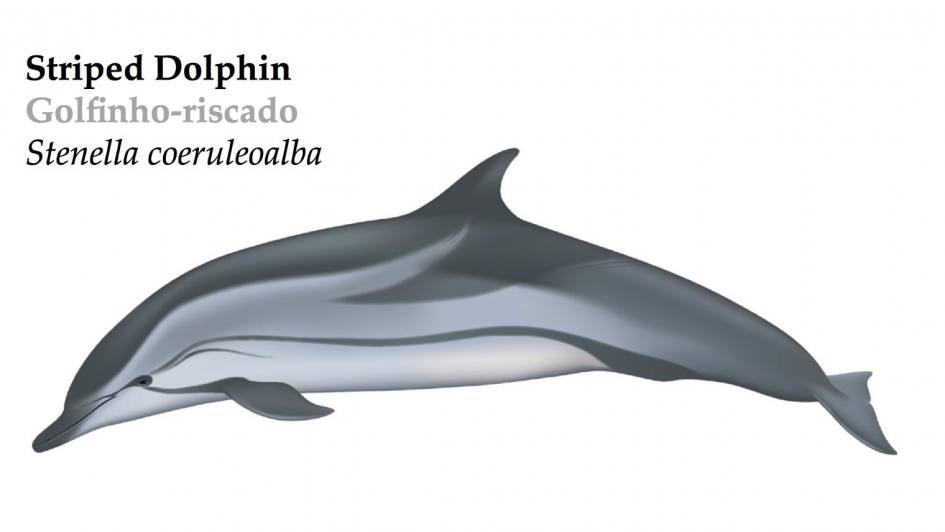
Striped dolphin’s scientific name Stenella coeruleoalba comes from the latin caeruleus : dark blue and albus : white. It refers to the characteristic blue and white stripes on the flanks, that also gave the name in some languages.

A pod of Striped Dolphins (Stenella coeruleoalba) travelling
CHARACTERISTICS
- Latin name : Stenella coeruleoalba
- Suborder : Odotonceti
- Family: Delphinidae
- Length : 1.8 to 2.5 m
- Weight : 90 to 150 kg
- Dive time : up to 15 minutes
- Dive depth: up to 700 m
- IUCN Status: Vulnerable
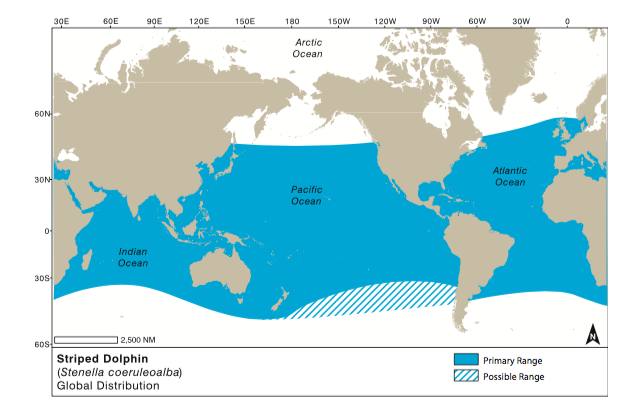
DESCRIPTION
Color: The back is dark brown/bluish. The flanks are light grey with a black stripe extending from the eye to the tail.
Head: Tapering forehead. Medium size beak
Fins: Midway along the animal and falciform.
Teeth: 80 to 110 conical teeth per jaw.
LIFE HISTORY
DIET
Small schooling fish (e.g., herring, mackerel, anchovies, lantern fish), cephalopods, small crustaceans. Striped dolphin can also be opportunistic feeders. In mediterranean stranded specimens, stomach content analysis revealed that they can feed also on sa horses Hippocampus. Sometimes they feed associated with tuna schools and they can follow their migrations.
REPRODUCTION
In the western north Pacific region, striped dolphins usually mate in winter and summer months. Meanwhile, in the Mediterranean region they tend to mate in autumn. Sexual maturity is reached at the age of 6 years (male) and 8 years old (female). At birth, calves measure around 1 meter in length. Gestation lasts 12 months and nursing lasts 18 months even though the calf starts eating solid food well before that. Females usually give birth every 4 years.
SOCIAL BEHAVIOR
Gregarious animals, striped dolphins can travel in groups of several hundreds. They are highly social, fast and acrobatic (leaping, spinning and somersaulting clear of the water as they travel). Striped dolphins may form mixed species groups with common dolphins (Delphinus delphis).
VOCAL BEHAVIOR
They use a variety of whistles and groans to communicate to each other. Echolocation clicks are also used to detect the prey. You can listen Striped dolphins communicating and echolocating in this recording collected by NOAA Fisheries.
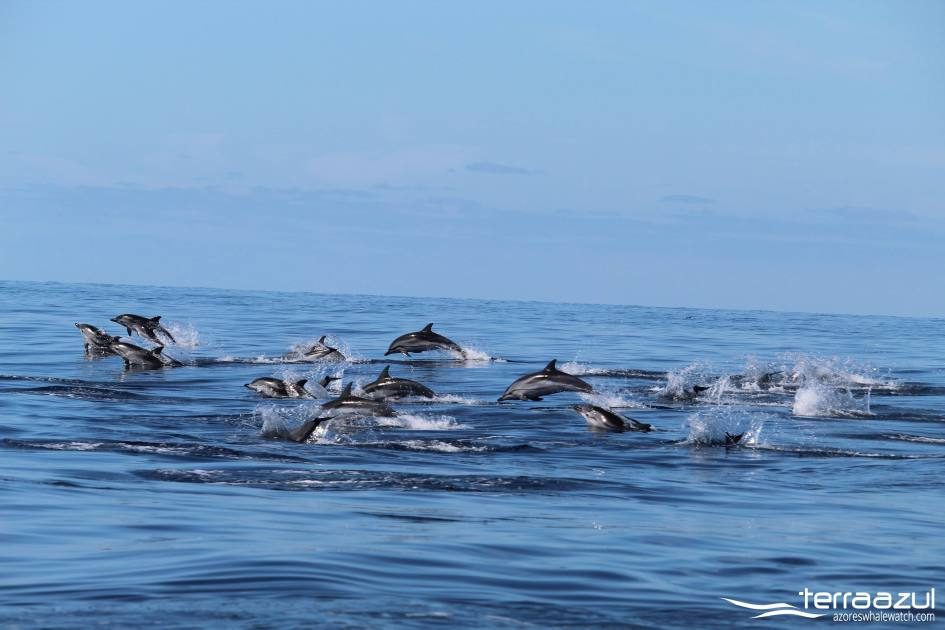
A pod of Striped dolphins (different age) travelling.












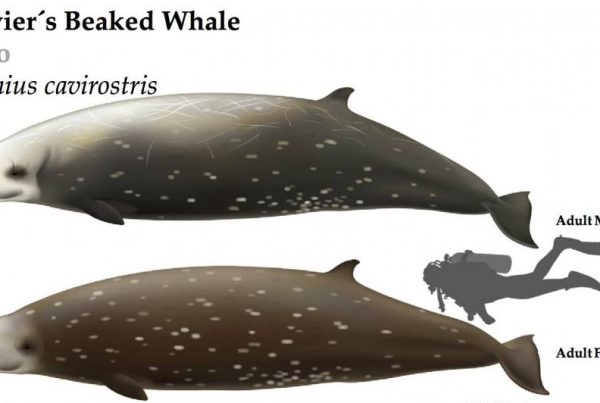
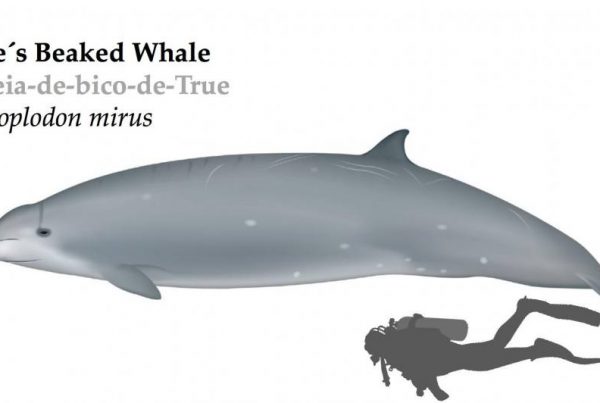
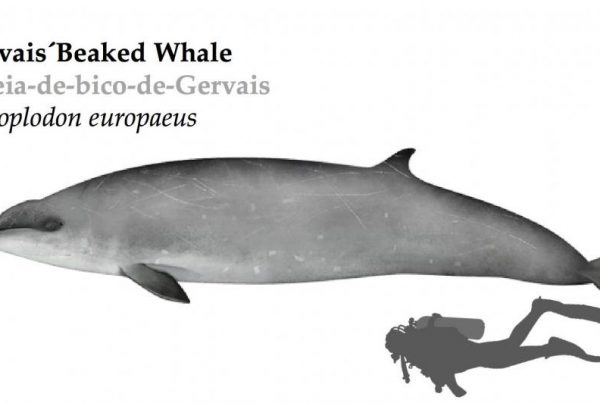



Your thoughts on this?